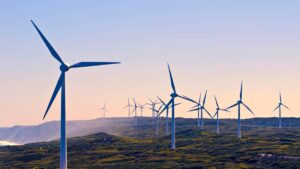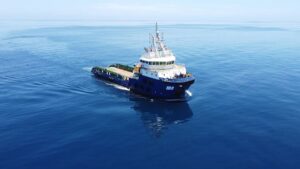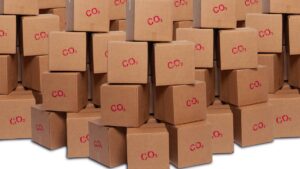Renewables are on the top of the game: IEA

Pic: Thana Prasongsin / Moment via Getty Images
The International Energy Agency has released a new study showing that renewables are the future of the world’s energy mix, a point that has been underscored by Western Australia granting environmental approval to the 15 gigawatt Asian Renewable Energy Hub (AREH).
In its latest World Energy Outlook, the IEA noted that renewables take a starring role in all of its post-COVID scenarios with solar taking the lead.
Thanks to supportive policies and maturing technologies, solar power is now consistently cheaper than new coal or gas fired power plants in most countries.
While hydropower is currently the largest source of renewable energy, solar is the main source of growth followed by onshore and offshore wind.
“I see solar becoming the new king of the world’s electricity markets. Based on today’s policy settings, it is on track to set new records for deployment every year after 2022,” IEA executive director Dr Fatih Birol said.
“If governments and investors step up their clean energy efforts in line with our Sustainable Development Scenario, the growth of both solar and wind would be even more spectacular – and hugely encouraging for overcoming the world’s climate challenge.”
In contrast, the IEA believes that fossil fuels face varying challenges.
Coal demand is not expected to return to pre-crisis levels while oil remains vulnerable to the major economic uncertainties brought about by the COVID-19 pandemic.
However, demand for gas is expected to grow significantly, particularly in Asia.
Renewables take centre stage
In the IEA’s Stated Policies Scenario (STEPS), which sees COVID-19 gradually brought under control in 2021 and the global economy returning to pre-crisis levels the same year, renewables will meet 80 per cent of growth in electrical demand to 2030.
Solar is expected to set new records for deployment each year after 2022 under STEPS, which reflects all current policy intentions and targets.
This growth will be substantially stronger under the Sustainable Development Scenario (SDS) that sees a surge in clean energy policies and investment.
However, the IEA warned that electricity grids could be the weak link in the transformation of the power sector.
The projected requirement for new transmission and distribution lines worldwide in the STEPS is 80% greater over the next decade than the expansion seen over the last 10 years.
Unfortunately, the financial health of many utilities – especially in developing countries – have worsened as a result of COVID-19, creating a risk to the adequacy of investment under current regulatory structures.
Western Australian taking the lead?
The environmental approval of the first stage of the AREH clearly supports the IEA’s belief of renewables taking the lead.
AREH is expected to provide power to mines and mineral processing plants across the Pilbara as well as Asian markets through the production of green hydrogen and ammonia.
Green hydrogen is made using an electrolyser powered by renewables to separate hydrogen from water, resulting in a fuel source without any carbon emissions.
And it is just the first stage.
There are plans on the drawing board for the project to expand to 26GW of renewable solar and wind generation.
Western Australian Regional Development Minister Alannah MacTiernan said the project would demonstrate the state’s credentials as a world-class investment destination for green energy generation and put it on the map as a major contributor to lowering global carbon emissions.
However, climate change advocacy group Clean State said that while the state’s recently released Whole of System plan showed that renewable energy and batteries were the future, Western Australia remained the only Australian state without a clear policy framework to accelerate the transition to cleaner, lower-cost energy.
It noted that in every one of the four scenarios outlined, renewable energy accounts for at least 70 per cent of installed capacity and 60 per cent of generation by 2040.
Clean State noted though that without a policy and investment from government, this transition will not happen quickly enough for Western Australia to realise the potential benefit from jobs, economic growth, and lower energy costs over the next decade.
Related Topics
UNLOCK INSIGHTS
Discover the untold stories of emerging ASX stocks.
Daily news and expert analysis, it's free to subscribe.
By proceeding, you confirm you understand that we handle personal information in accordance with our Privacy Policy.








